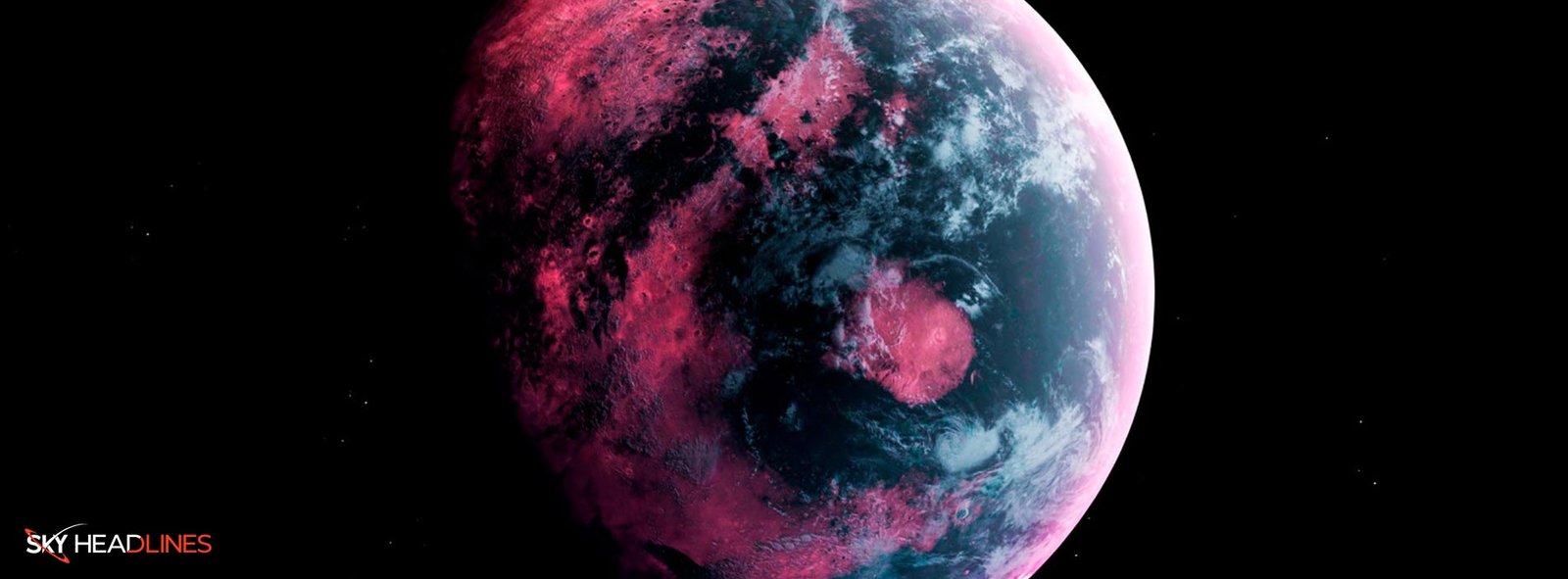The Chinese astronomy team has made a remarkable finding about a planet outside our solar system. In MASCARA-4, an incredibly hot Jupiter, they discovered samarium, the heaviest element ever discovered in the atmosphere of an MASCARA-4 exoplanet. The planet has a temperature in the thousands of degrees and is three times as massive as our gas giant. The heaviest element yet found in a planetary atmosphere is samarium, a rare-Earth element with an atomic number of 62. The team hopes to conduct additional observations to get more information regarding the planet’s makeup after using the Very Large Telescope in Chile to discover samarium and other chemical elements, including rubidium for the first time.
Lets get started with,
What is the heaviest element discovered on an MASCARA-4 exoplanet?
China’s National Astronomical Observatories found the heaviest element in an exoplanet’s atmosphere. This exciting news has astronomers buzzing with anticipation for what other discoveries may lie ahead. MASCARA-4 is a fascinating planet that belongs to the ultra-hot Jupiter category. This celestial body is truly fascinating! With a mass 3.1 times greater than that of our gas giant, it boasts a scorching temperature that reaches thousands of degrees. What’s even more intriguing is the presence of a samarium in its atmosphere, which has left astronomers scratching their heads.
Samarium may not be a well-known element to many. Rare-earth elements are fascinating minerals that are often overlooked despite being more abundant in the Earth’s crust than some well-known metals like tin. Some elements have unique properties and potential applications that are not widely recognized. Tin seems to have a more effective public relations team. Samarium, with its atomic number of 62, has been identified as the most massive element ever discovered in a planetary atmosphere.
The corresponding author Dr. Wei Wang explains: “Every star and planet should contain these elements from birth. The question is why they are so abundant to be detected,” Moreover, Wang said: “Given their large atomic number, they should usually reside in high-pressure low-altitude regions and not be easy to detect.”
WHAT IS MASCARA-4?
MASCARA-4 b is an extrasolar planet made of a lot of gas. It circles an A-type star. It is 0.047 AU from its star and has a mass of 3.1 Jupiter. It takes 2.8 days to go around its star once. In 2020, it was said that it had been found.
Samarium is the heaviest element ever discovered in MASCARA-4 exoplanet’s atmosphere, but this planet also possesses another extraordinary characteristic: rubidium (atomic number 37). This compound has been found in the atmosphere of an exoplanet for the very first time. Iron, calcium, chromium, magnesium, and other elements were confirmed by the team. Additionally, the scientists found barium, titanium, and maybe scandium.
What is the significance of titanium’s detection in the atmosphere of ultra-hot Jupiters?
Titanium’s detection is noteworthy because it has been found in the atmospheres of ultra-hot Jupiters as titanium oxide, organized in layers similar to ozone. The presence of titanium suggests that there may be insufficient oxygen to create these atmospheric layers and to react with samarium. The exoplanet being studied, MASCARA-4, may lack elements such as oxygen and water vapor due to the reaction of samarium with them in Earth’s atmosphere.
Starlight was measured by the team as the planet transited in front of it using the Very Large Telescope in Chile. As the light gets filtered through it, it is feasible to identify the elements present in the atmosphere of this planet. Our Sun is smaller and cooler than the class A star. The atmosphere of this planet is greatly affected by light due to its proximity (less than five percent of the Earth-Sun distance).





